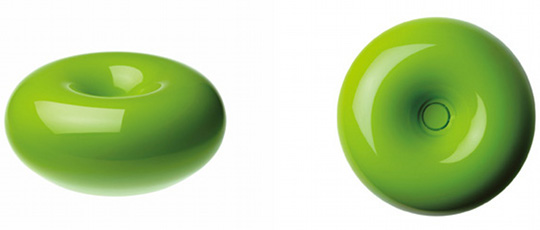
By David Ponce
When we talk about innovation, it’s stuff like this we mean. Danish company Kataka makes some crazy slim linear actuators (for those of you who don’t know what a linear actuator is, a simple definition would be “something that pushes another in a straight line”). The mechanism is based on segmented spindle technology, and was conceived by the Danish mechanical engineer Jens Joerren Soerensen during the mid 1990s (also the Kataka CTO). From Wikipedia:
The basic idea was that if a solid conventional spindle is broken up in smaller segments (in a way so it can be assembled and disassembed), it is possible to make compact spindles. The implication is that linear electromechanical actuators (the product is often just called a linear actuator) based on the Segmented Spindle technology can be made more compact as the spindle segments can be packed in a layer perpendicular to the linear movement of the spindle.
In other words, they take the push rod and break it up, store it in a box and assemble it whenever they need to extend it.
I know, none of this makes much sense (including the title of this article). But just watch the videos, and all will be clear.
After the jump.
Kataka Linear Actuator
Kataka Actuator Used In A Lift
Kataka Actuator Mode of Operation





Hey cool! The Mach 5’s Auto Jacks are now a reality!
Is it a low acceleration linear Actuator?
Linear actuators are used in spaceflight applications typically to produce fine linear adjustments and generally wherever linear motion is needed. This turning of the screw helps in pushing the drive nut along the screw. This drive nut in turn pushes the drive nut along the screw, and pushes the rod out. The rotation of the screw in the opposite direction will retract the rod.
Hi,
These actuators look great. Does anyone have any idea of the purchase price?